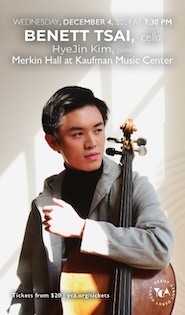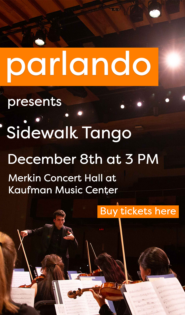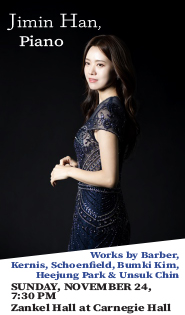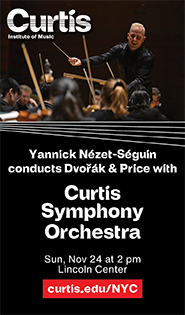Hewitt’s Bach Odyssey offers a safe and buckled-up journey
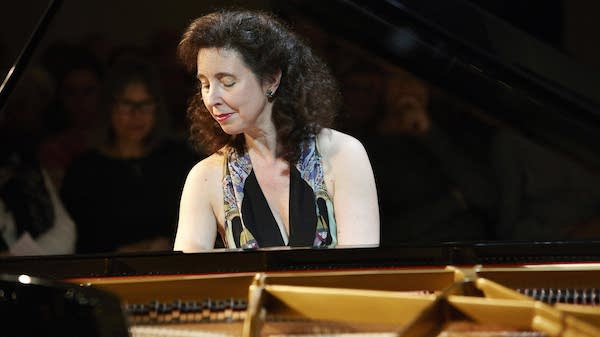
Angela Hewitt performed music of Bach Saturday night at 92Y.
Pianist Angela Hewitt is currently in the midst of “Bach Odyssey,” a multi-season survey of Bach’s major keyboard works that is being presented in New York by 92Y.
The latest installment, Saturday night, had her playing the seven Toccatas, BWV 910-916, and the Chromatic Fantasy and Fugue in D Minor, BWV 903.
Hewitt has been playing Bach for decades, and her own program note says her connection with the composer’s music reached back to “the day I was born,” since her father was an organist who played the music. From the stage Saturday she related an anecdote about playing the C Minor Toccata at a piano competition when she was 17, and she has recorded the keyboard works in a well-regarded series for the Hyperion label.
For some, though, her Bach playing can be confounding. She approached the music with respect and put a personal stamp on it via rubato, a concentration on specific harmonic rhythms, and a tendency to put the subject of a fugue into bold type. Her choices and the specific elements she emphasized— while eminently tasteful and idiomatic—sometimes skipped over the most compelling and exciting aspects of the music.
Fundamentally, she never established Bach’s own context. His astounding, revolutionary genius can be heard in how his counterpoint builds structure in space-time, in how he uses the horizontal movement of modal music to build vertical harmonies, how he shows the listener the architectural plans while he simultaneously erects his marvelous edifices. If there is a narrative, it is not about what happens, but how it happens.
Hewitt has narrative instincts of the what-happens style. Those serve her well in excellent Ravel recordings.
In the Toccatas, and especially the Chromatic Fantasy, that meant bravura opening statements and winding romantic journeys. Her rubato and dynamics had a 19th-century quality and would have sounded ideal in C.P.E. Bach. But Saturday night they never built any appreciable harmonic interest. Nor were the fugues fully realized—she pointed out the descending subject of the fugue for the F-sharp minor Toccata, BWV 910, but the effect was lost on the modern, equal-tempered piano.
Bach’s purpose was to explore the possibilities of chromaticism in earlier tuning systems, and that cannot be heard in our prevailing temperament. What is available instead are the forward motion, and the inner voices.
Hewitt opened these up more in the G Major and E Minor Toccatas, BWV 916 and 914, but mainly she played the fugues as if they were homophonic.
This made for Bach that was pleasant to the senses but dull to the intellect. The Fantasia section of the Chromatic Fantasy had a long, emotional flow but no lasting grip, and the fugue sounded like an afterthought, a bridge to the crowd-pleasing encore, Mary Howe’s arrangement of “Sheep May Safely Graze.”
Hewitt’s straight-arrow approach has a public satisfaction—pianists like Glenn Gould and Friedrich Gulda may have struck many as eccentric, but they did open up Bach’s spiraling infinitude. Hewitt’s safe approach has its virtues. But the concert hall is already a safe space, so why not offer some surprises and excitement?
Angela Hewitt plays Bach’s English Suites 1-3, the Suite in F Minor, BWV 823, and the Prelude and Fugue in A Minor, BWV 894, 7:30 p.m. Tuesday, May 14. 92Y.org
